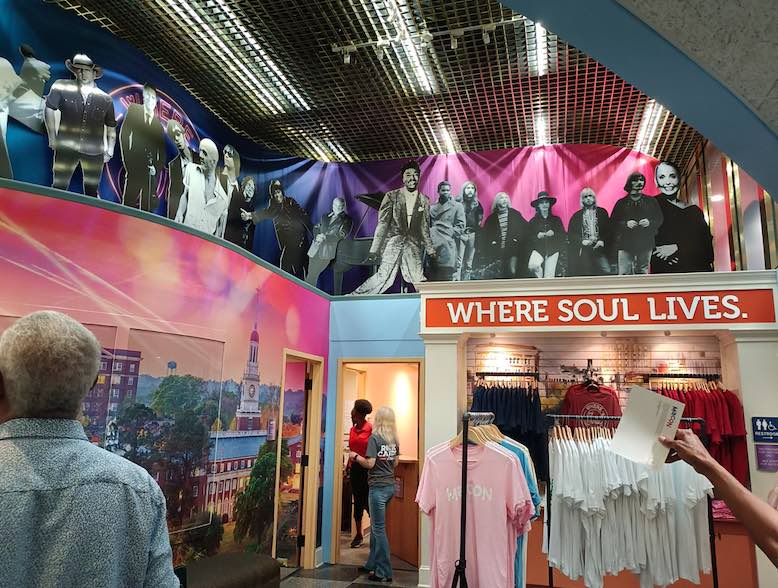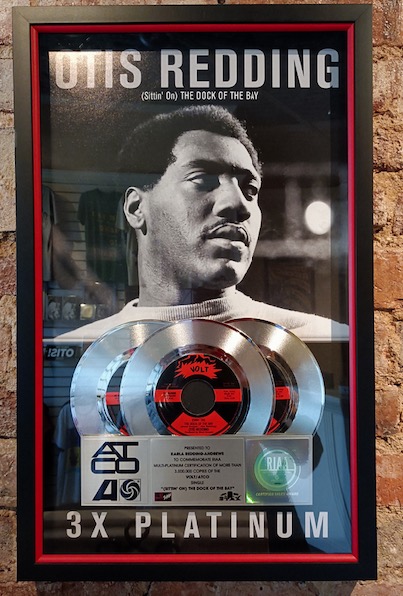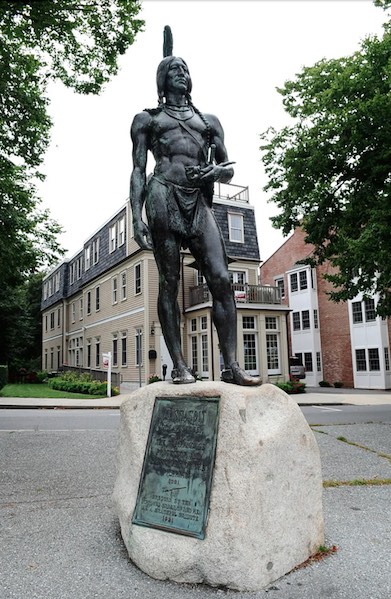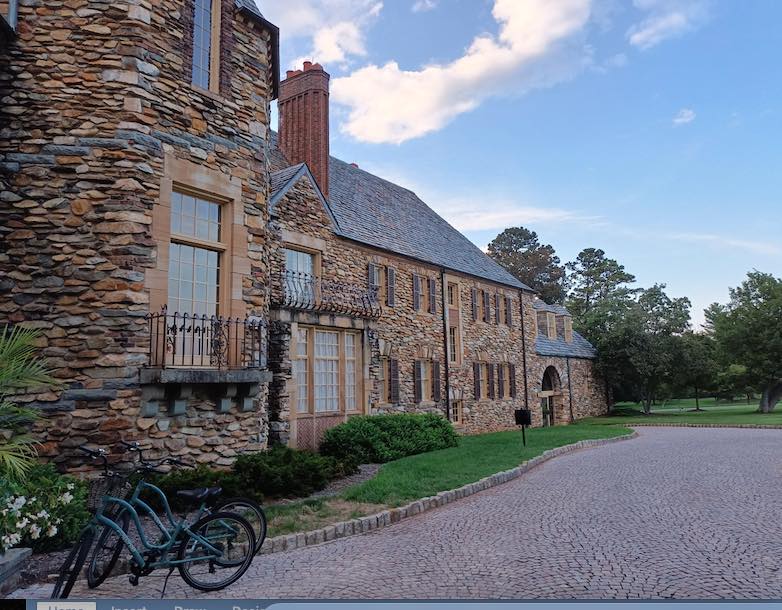''Men of action, above all those whose actions are guided by love, live forever.” Jose Marti
Each group of immigrants has a personal story relating their own civil rights stories and nowhere are those stories more a mixture of ethnicities than in Tampa, Florida. The earliest settlers were Native Americans, followed by the Spanish, Africans and Americans. At the Civil War’s end, on May 5, 1864, the Union was victorious over the Confederates at Fort Brooke and one day later Tampa’s 100 enslaved were liberated. The formerly enslaved were given land by the US Government confiscated from Confederate sympathizers.
The first public burial ground, Oaklawn Cemetery, was integrated and the earliest onsite internment was of an unknown slave. Madame Fortune is buried there. She and her husband owned War 30-acres of what is currently downtown Tampa on the eastern shore of the Hillsborough River. The Madame Fortune Taylor Bridge crosses some of what was her property.
Spanish Vincent Martinez Ybor relocated his cigar works from Key West to Tampa in 1885 and designed it as a company town. Ybor City has been a National Historic Landmark District since 1990 based upon its having been the “Cigar Capital of the World,” its Spanish-Cuban architecture and the greater than 930 historic structures. The one-mile “city” houses Ybor City Museum State Park inside the Ferlita Bakery. The museum and a tourable casita are located at Ninth Avenue and 19th Street.
The museum’s emphasis is placed on the waves of Cuban immigration, starting in the 1880s, and post-Civil War racial segregation in Tampa. Once Afro-Cubans began to move into Tampa the Jim Crow laws of 1876 were enforced with a vengeance as parks, other public places became off-limits and the darker Cubans were classified as ethnically black. Cigar work was one of the few interracial jobs available.
A walk along 7th Avenue, listed as15th of the Great Streets in America, is rife with restaurants, cigar shops, murals, historic plaques and shops. You might also catch a glimpse of the wild Ybor Chickens. These chickens are descendants of those that fed families more than 100-years ago and these chickens are a protected species.
The Manhattan Casino, a venue on the Chitlin Circuit, was in Ybor City. African-American musicians could not perform in white venues resulting in some of the top musicians performing at a single club in Ybor City. The club was torn down and replaced by I-275. Nearby is what is left of the Johnson House. This house was in the Green Book and functioned as accommodations for traveling musicians.
José Martî Park was a dedicated journalist, poet and revolutionary. The park is on the site of Afro-Cuban revolutionary, Paulina Pedroso’s, cabin. Here he healed after an assassination attempt. The land was a donation from the Cuban government and it remains part of Cuba until this day.
The Tampa Baseball Museum is in the birth home of Al Lopez. Lopez was the first baseball player to make the major leagues and be an inductee into the Hall of Fame. He was born to Spanish parents and played for four teams over a span of 19-years. The museum has an orientation video, a large number of artifacts and a display on the Negro Leagues. http://tampabaseballmuseum.org/
Touring the J. C. Newman Cigar Factory is one of the highlights of Ybor City. There are two-floors, a basement, a museum and a shop on this guided tour of the last operating cigar factory in the U.S. The lower level contains displays including the world’s oldest cigars. On the top floor visitors can watch as cigars are hand rolled and matched as well as original equipment in working order. This tour is not to be missed.
Columbia Restaurant is one of the most famous venues in Ybor. This family-owned restaurant has been designated “One of Florida’s Top Restaurants” since 1967 as well as one of the oldest of Florida’s restaurants. It has a total of 52,000-sq. ft. and seating for 1,700 diners, 15 dining rooms and Moorish and Spanish Revival with extensive use of wrought iron, palm trees and thematic, hand-painted, tiles. The overall design is that of an exclusive Cuban restaurant. Everything on the menu is perfection. columbiarestaurant.com
Tampa’s first electric streetcars were placed into service in 1892 and operated until 1946. These streetcars were most often used to transport workers to their jobs and people to leisure activities. Currently replicated and antique streetcars travel along a 2.7-mile line that carries passengers from the Centennial Park Station to Ybor City for free. #visitTampa





































